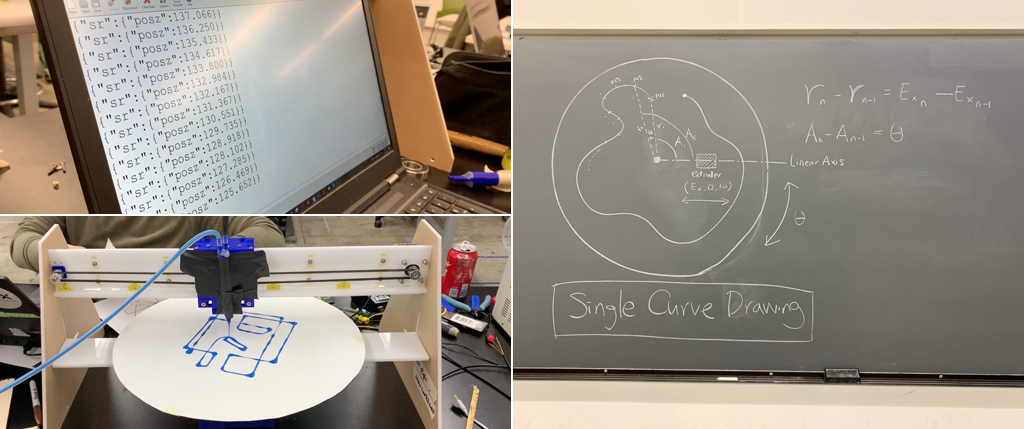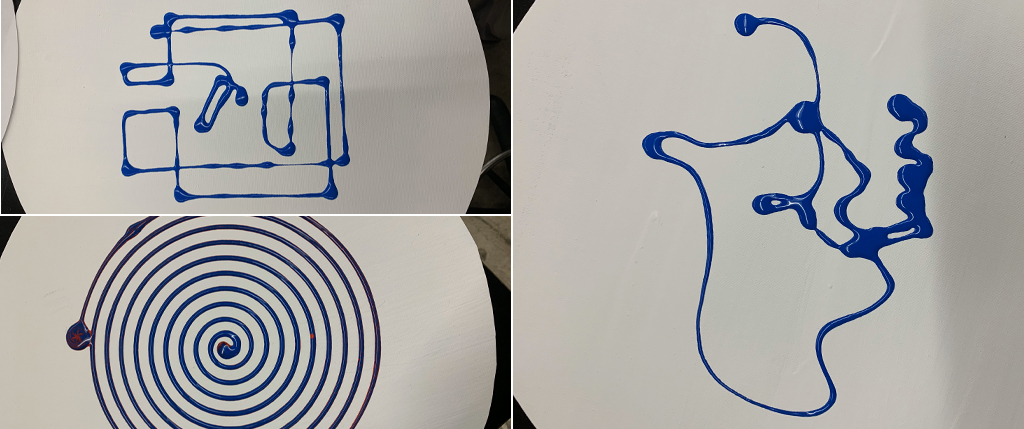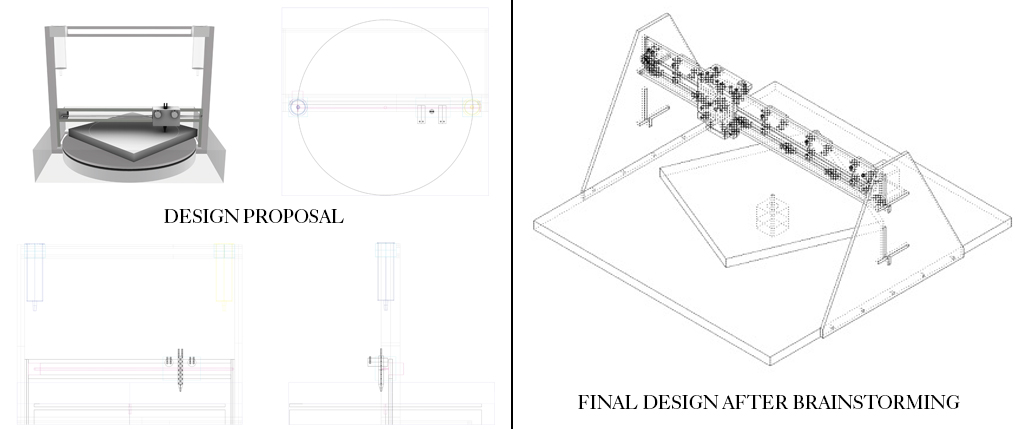This weeks project is to design a machine that includes mechanism, actuation and automation. Harvard group is to work together as a team. My input consisted on putting together a machine proposal for consideration. My proposal was to build a painting machine composed of four main parts.
1. Rotating plate
2. X-Y axis
3. Nozzle
4. Elevated gravitational paint containers
I used 2d and 3d cad programs to build the proposal which I submitted to the group for consideration. Together we decided to collaborate on creating my proposal. We created a retroplanning to synchronize our collaboration and broke into smaller groups to independently work on each of the main components of the machine.
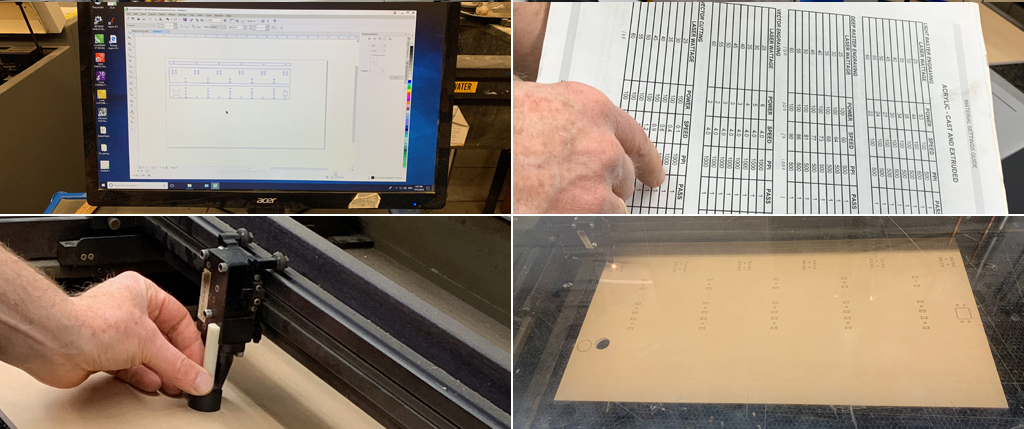
laser cutting and 3d printing
I was responsible for laser cutting all the pieces that held together both X-Y axis and the rotating plate. We chose to use acrylic as material. I gathered cutting cad files from David Rosenwasser, who is an architect expert of these software. I then went to the basement lab at the Science Center to use the larger laser cutter. I reviewed the materials settings guides to understand power, speed and specs needed to cut acrylic. Then I made sure the laser was at the right level for precision cut and made a first trial to make sure settings were correct. After confirmation of the setting, I proceeded to launch the cutting of a first piece. The main challenge was that our pieces were just 1cm smaller that the maximum width of the material, so figuring out how to position ou material on the cutting bead was not simple. After the first piece was cut, we noticed that for some reason, the material had a tendency to bend. We decided to proceed to cut the rest of the pieces. I then delegated the pieces to assembly team and concentrating on working on the nozzle, which I designed three dimensionally using rhino, saved it as STL. I then used Prusa Slider to generate the gcode file and 3d printed it. For the presentation we decided to use hand injected paint using a 500ml syringe.
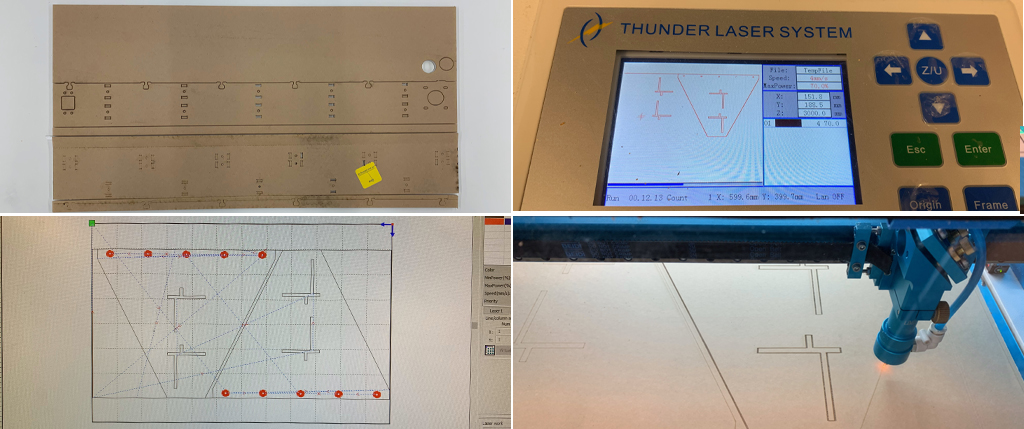
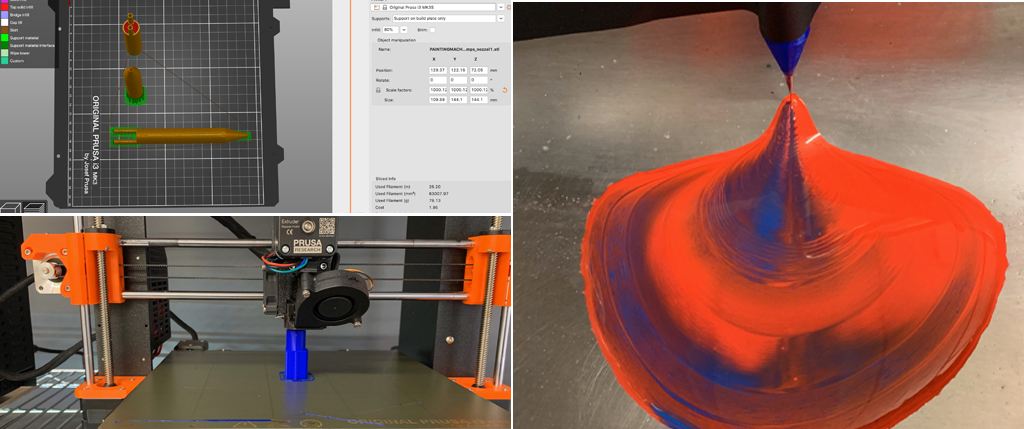
g-tiny
To program the X-Y axis, I was particuarely curious to participate in the Thursday’s recitation. I had never been able to assit a recitation before because I had another class at this time, but I did not want to miss machine building. I was hoping that all the knowledge we had accumulated during each weekly challenge, were going to fall into place in a sort of integrated design process. However, just a few minutes into the recitation and a brief introduction to squidworks, cuttlefish and ponyo I understood, with a bit of disappointment, that the level of complexity of these platforms were behind my current technical capacities because these platforms are similar to Grasshopper, which I have yet had the time to master. I spoke to Joonhaeng Lee who is an expert of grasshopper and even him had found it difficult to follow dissertation. On top of this, thanksgiving was approaching at fast past and we were losing more and more members of the team.
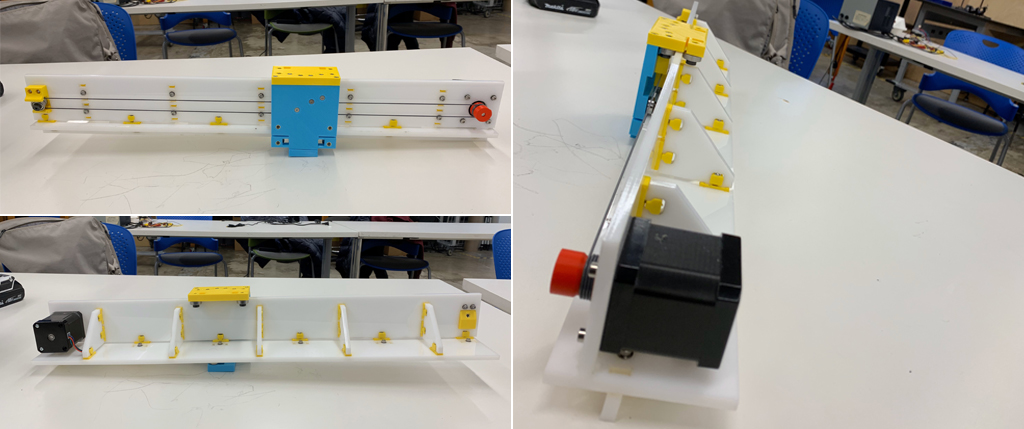
Back in Harvard, we spoke to Rob about our incapability to program the X-Y axis using squidworks. He proposed instead to use a G Tiny. One day before presentation, we already had a rotating plate, a manually actuated nozzle and a functional X-Y axis. We did a couple of trials of rotating drawings, and since Joonhaeng masters grasshopper I asked him if we could draw a square. He sat down to figure an algorithm out and a couple of hours later, we were ready to do a trial. The first couple of experiments were unsuccessful, but at the end, as a group we were able to use the rotating painting machine to sketch squares. For certain, this was one of the most challenging weeks. Collaboration was definitely the key to get it working.
